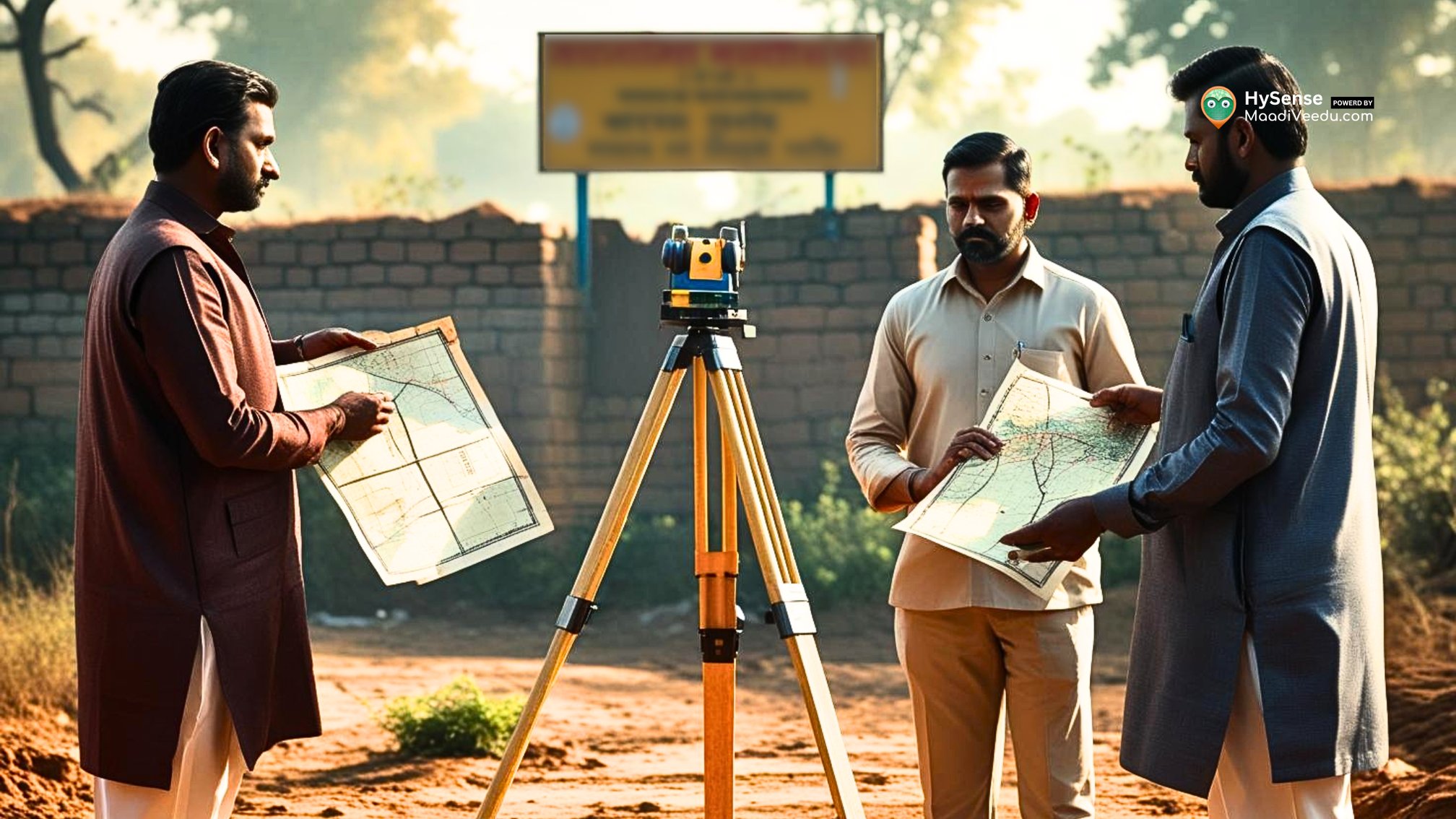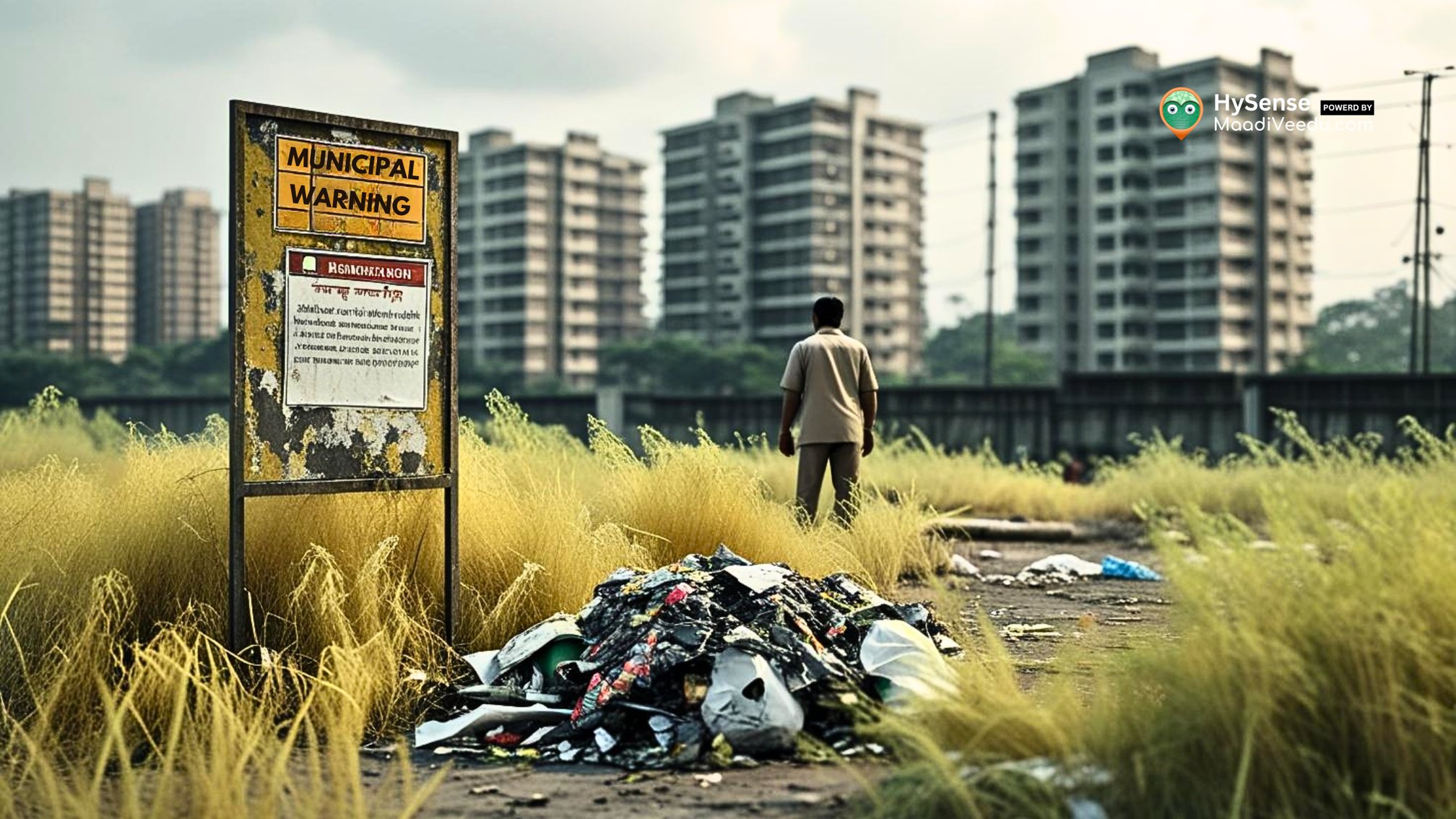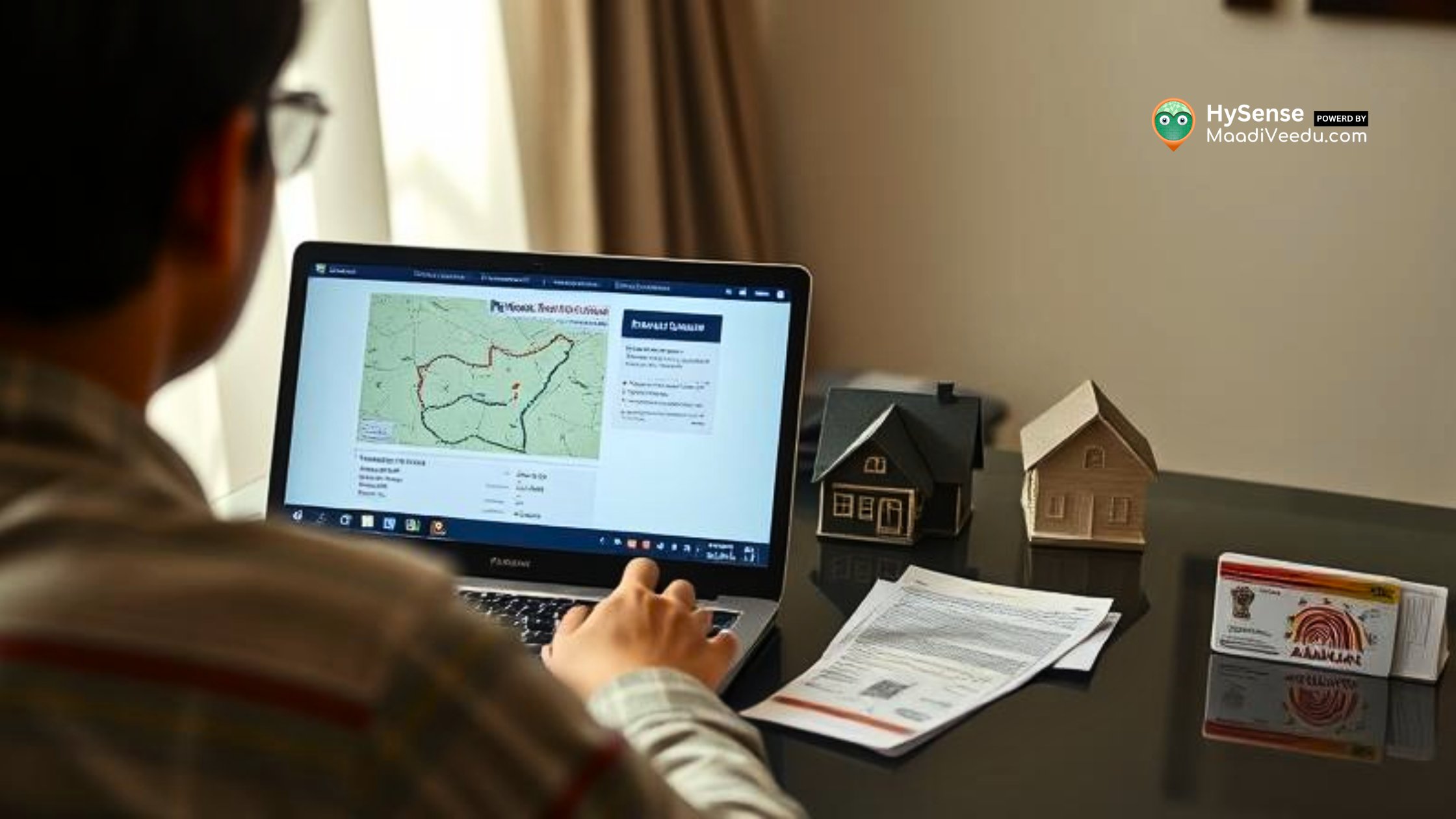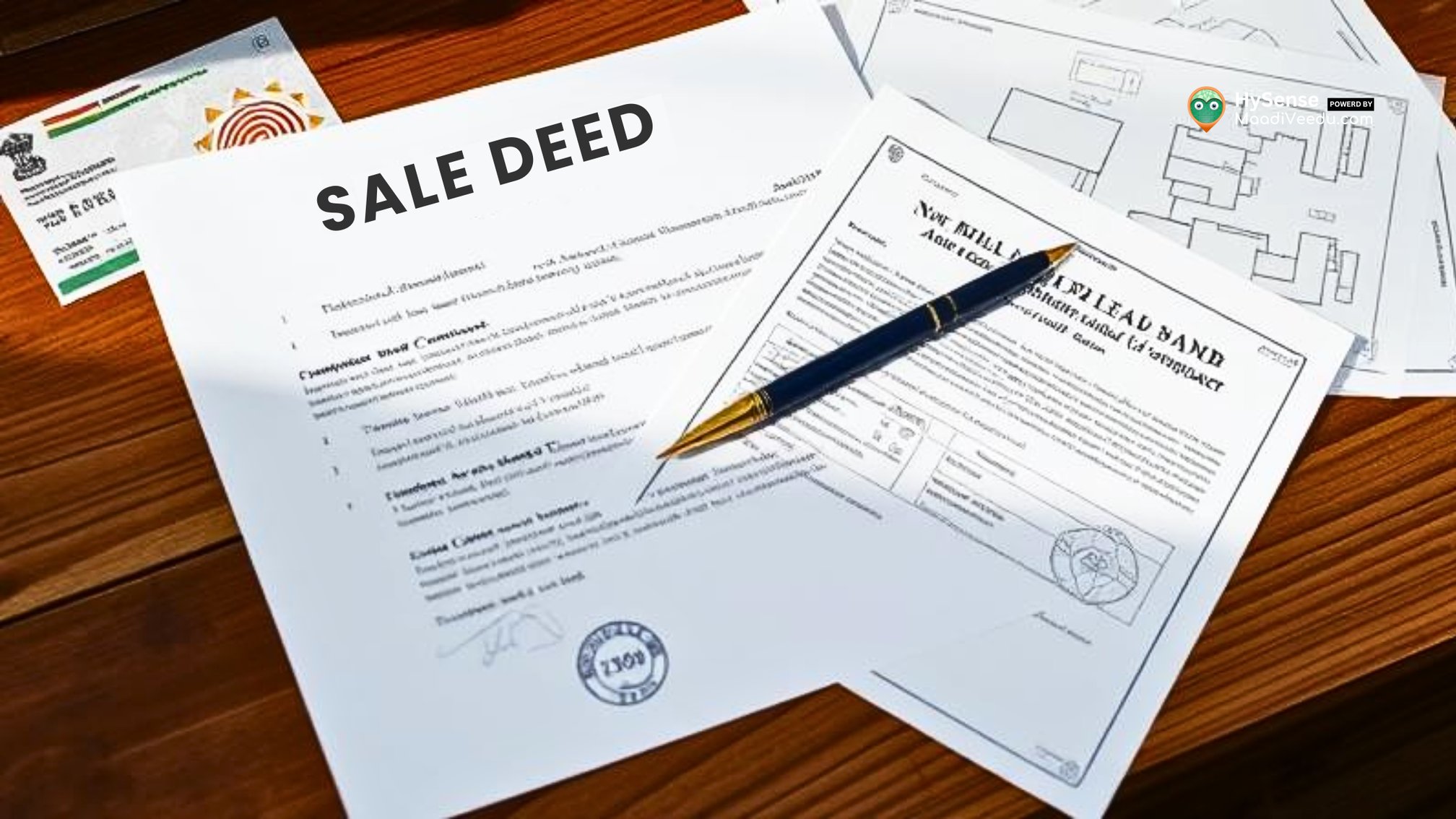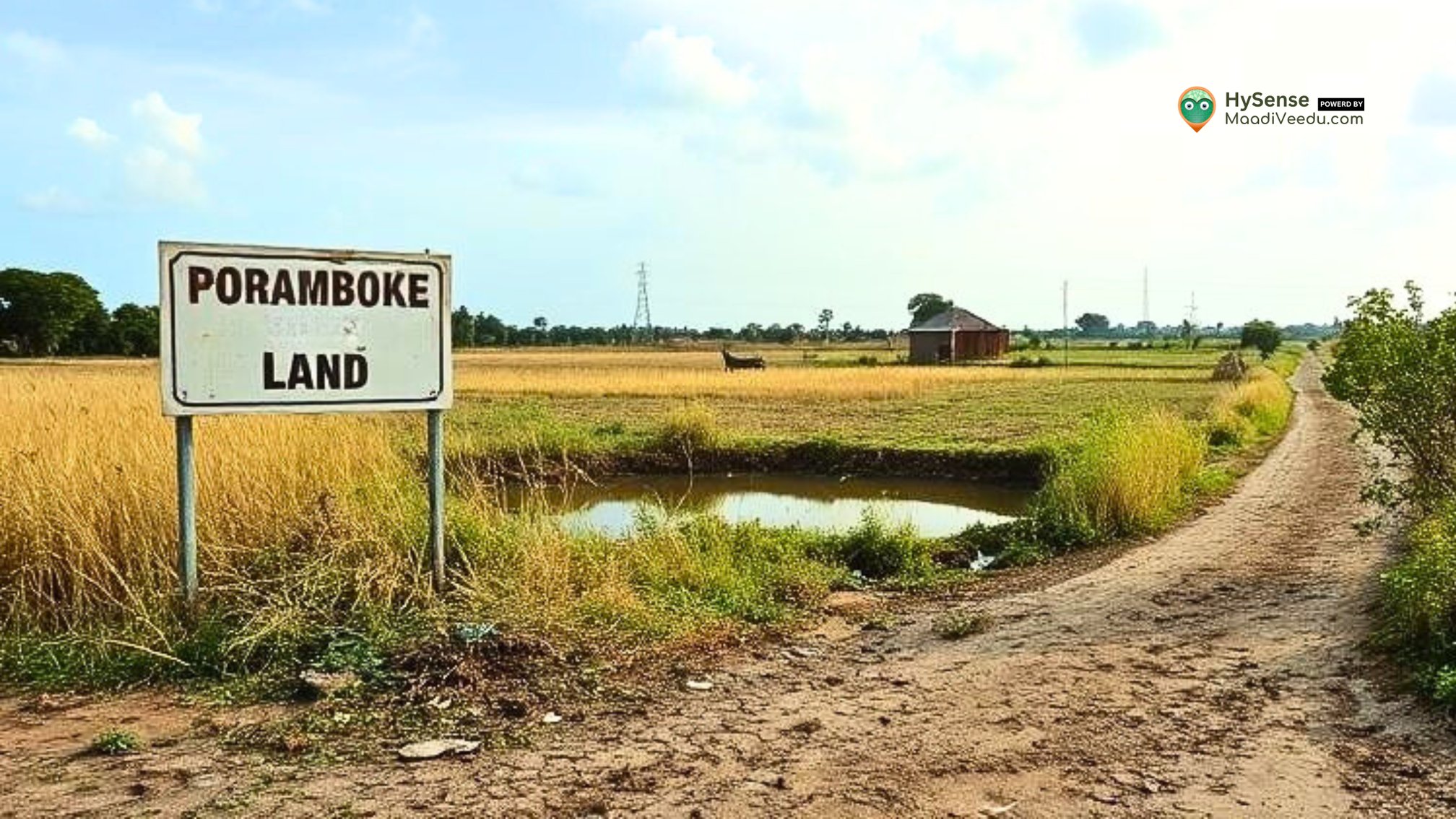Soil Suitable for Fruits and Vegetables: 7 Essential Tips
Learn how to create the perfect soil for your garden and get top real estate tips for buying and selling homes across India. Start your gardening journey!
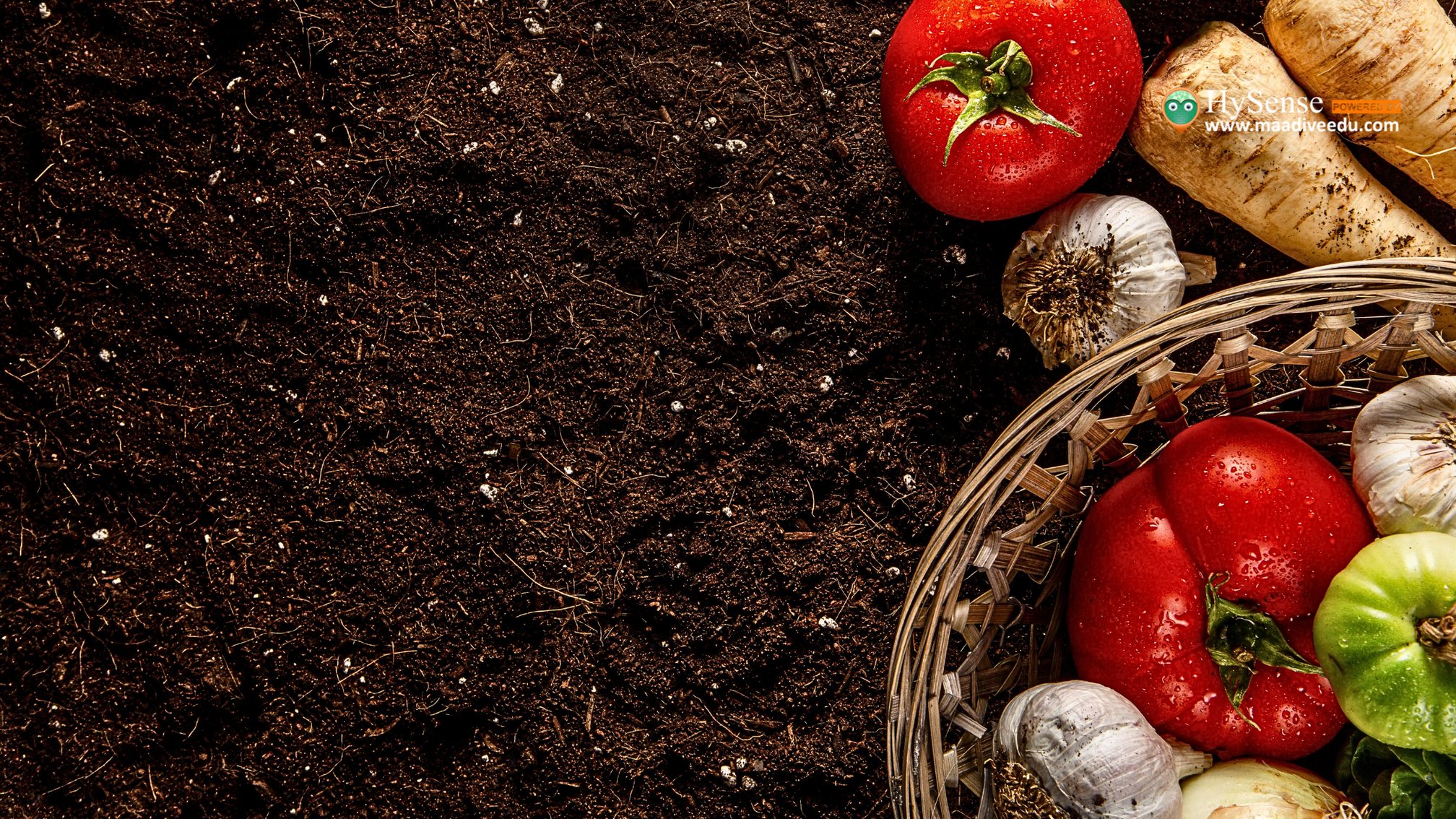
Table of Contents
For anyone looking to grow fruits and vegetables, understanding the type of soil that will nurture them is essential. Soil is not just dirt; it's a living, breathing part of your garden that impacts everything from root development to nutrient availability. If you want your garden to thrive, you need to provide the right conditions for your plants. This comprehensive guide will walk you through seven key tips for creating and maintaining soil that will give your fruits and vegetables the best chance at success. know more
1. Understanding Soil Requirements for Vegetable Gardens
Vegetables are more than just seeds and water—they need soil that meets specific conditions to grow well. If you want your veggies to thrive, here’s what to consider about the soil.
Soil Texture for Vegetables
Soil texture determines how well water drains and how air flows to the roots. The ideal soil for vegetables is loamy soil, which has a balanced mix of sand, silt, and clay. This type of soil allows for good drainage while also holding enough moisture to keep plants hydrated. Loam also provides enough space for roots to breathe, which is crucial for healthy plant growth. If your soil is too sandy, it will drain too quickly and lack nutrients. On the other hand, heavy clay soil can be compact and may hold too much water, leading to root rot.
Ideal Soil pH for Vegetables
Soil pH is a measure of how acidic or alkaline the soil is. Most vegetables prefer soil that is slightly acidic to neutral, with a pH between 6.0 and 7.0. If your soil is too acidic or too alkaline, your plants won’t be able to absorb nutrients effectively. To adjust the pH, you can add lime to raise it or sulfur to lower it. Regular testing can help ensure your soil stays within the optimal range for vegetables. Soil test kits are available at most garden centers, or you can send samples to a lab for a more detailed analysis.
2. Choosing the Best Soil Types for Growing Fruits
Fruits generally have more specific soil needs than vegetables. To get the best results, it’s important to choose the right soil type.
Loamy Soil for Fruits
Loamy soil is the top choice for growing most fruits. It’s rich in organic matter, which helps the soil hold onto moisture and nutrients. This makes it ideal for deep-rooted plants like trees and berry bushes. Loamy soil is also great at draining excess water, so it won’t become waterlogged after heavy rain. To improve your soil, you can add organic matter such as compost, which further boosts nutrient content and improves soil structure.
Sandy Soil for Fruits
While sandy soil can be less nutrient-rich, it offers excellent drainage. This makes it a good option for fruits that don’t like “wet feet,” such as certain varieties of berries or fruits in more drought-prone areas. However, sandy soil can dry out quickly, which means it might not retain enough moisture for plants to thrive. To fix this, you can amend the soil with compost or well-rotted manure. These additions will help retain moisture and improve the soil’s ability to hold nutrients, creating a more balanced environment for your fruit plants. know more
3. Ideal Soil Conditions for Fruit and Vegetable Crops
To support healthy growth, soil conditions must be just right. Beyond texture and pH, other factors play a significant role in how well your crops will perform.
Nutrient-Rich Soil for Healthy Growth
Vegetables and fruits require a steady supply of nutrients to grow strong and produce bountiful harvests. To keep your soil nutrient-rich, you should add compost, aged manure, or other organic materials to replenish what the plants take up during the growing season. This also improves soil structure, ensuring that air and water can reach the plant roots. You can also use organic fertilizers or slow-release fertilizers to supplement nutrients throughout the growing season.
Proper Drainage for Strong Roots
Good drainage is crucial for maintaining healthy roots. Soil that retains too much water can suffocate plant roots and invite diseases like root rot. To avoid this, plant in raised beds or create well-draining garden rows. You can also amend heavy clay soil with sand or organic matter to improve its drainage. On the other hand, if your soil drains too quickly, adding compost can help retain moisture without making it soggy.
4. Soil Preparation for Gardening
Soil preparation is the foundation of a successful garden. Preparing the soil properly ensures that your plants have the best possible start. Here’s how to get your soil ready for planting.
Test Your Soil for pH and Nutrients
Before you start planting, it’s a good idea to test your soil to check its pH, nutrient levels, and overall health. This helps you understand what your soil may be lacking. Soil test kits are widely available and simple to use. You can also send a soil sample to a local lab for a more thorough analysis. Based on the results, you can make the necessary adjustments to optimize your soil for the plants you want to grow.
Amending Soil for Better Fertility
Once you know what your soil needs, it’s time to amend it. For example, if your soil is low in nutrients, you can add compost, manure, or other organic material to improve its fertility. If your soil is too acidic or too alkaline, you can adjust the pH by adding lime or sulfur. Incorporating organic materials regularly will help maintain the health and structure of your soil for years to come.
5. Improving Soil for Fruit and Vegetable Yields
If you want your fruits and vegetables to produce high yields, it’s important to focus on improving the soil consistently throughout the growing season.
Adding Organic Matter
Organic matter such as compost, leaf mold, or aged manure helps to nourish the soil, making it rich in nutrients. Regularly adding organic material is one of the best things you can do for your soil. Organic matter improves the soil’s ability to hold moisture and nutrients, while also promoting beneficial soil organisms like earthworms. These organisms aerate the soil and help break down organic matter into nutrients that your plants can use.
Using Cover Crops to Enhance Soil Health
Cover crops are plants that you grow specifically to improve the health of your soil. These crops, like clover or rye, help prevent soil erosion and add organic matter to the soil when they’re turned under. Cover crops also help fix nitrogen in the soil, which is an essential nutrient for plant growth. Planting cover crops in the off-season can protect your soil from becoming compacted or depleted of nutrients.
6. Soil pH and Drainage for Gardening
Maintaining balanced pH levels and good drainage is essential for keeping your plants healthy and thriving.
Maintaining the Right pH
It’s important to regularly check and adjust the pH of your soil to keep it in the ideal range for your crops. Most fruits and vegetables grow best in slightly acidic to neutral soil, with a pH between 6.0 and 7.0. Regular soil testing ensures that your soil remains in the optimal range. If you find that your soil’s pH is off, there are simple solutions to correct it. Lime can be added to raise the pH, and sulfur can lower it.
Improving Drainage
If your soil has poor drainage, you may notice plants wilting or showing signs of root rot. To improve drainage, you can mix in sand, organic compost, or even build raised beds. Raised beds provide extra height for better drainage, ensuring your plants' roots won’t sit in standing water. Ensuring your garden has well-drained soil helps protect your plants from diseases and encourages healthy root development.
7. Soil Texture for Optimal Fruit and Vegetable Growth
The texture of your soil directly affects how well your plants grow. Good soil texture allows for proper drainage, moisture retention, and air circulation, all of which are vital for plant health.
Loamy Soil Texture for Healthy Roots
Loamy soil is ideal for growing fruits and vegetables because it offers a balance between water retention and drainage. The mix of sand, silt, and clay in loamy soil supports strong root systems and promotes healthy plant growth. It also ensures that plants receive the right amount of moisture without becoming waterlogged. know more
Adjusting Soil Texture for Better Growth
If your soil is too sandy or too clayey, you can amend it to improve its structure. For sandy soil, adding organic matter like compost helps it retain nutrients and moisture. For clay soil, mix in compost or sand to improve drainage and reduce compaction. This will make the soil more hospitable for root development and nutrient absorption.
Conclusion
Understanding soil and how it impacts your garden is crucial for growing healthy fruits and vegetables. By following these seven essential tips, including preparing the soil, testing pH, adding organic matter, and improving drainage, you can create an environment that supports plant growth. Whether you’re growing vegetables or fruits, healthy soil is the foundation of a thriving garden. Take the time to care for your soil, and you’ll enjoy a bountiful harvest year after year.
Stay inspired and get more gardening and real estate tips by connecting with us for exclusive updates and behind-the-scenes insights on our latest projects.

